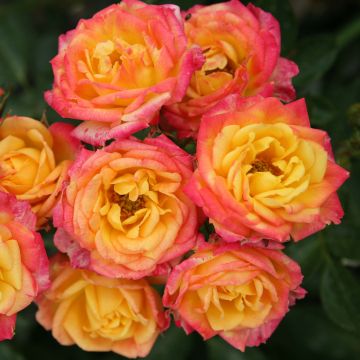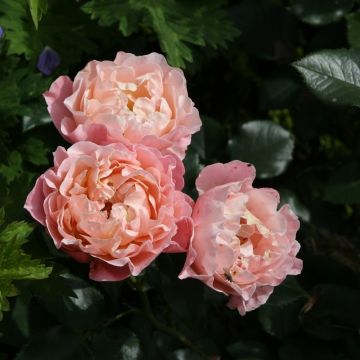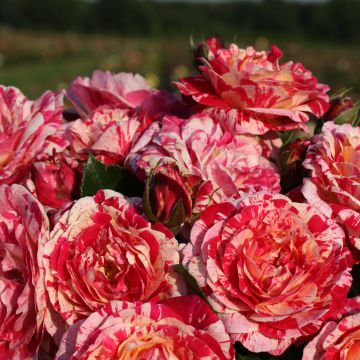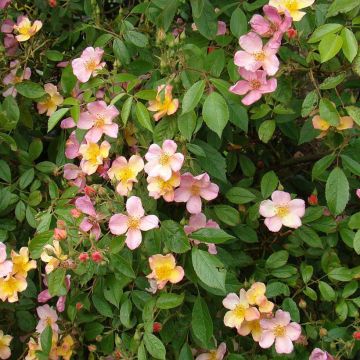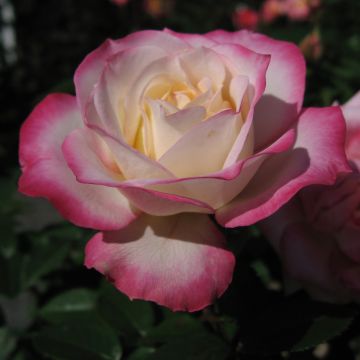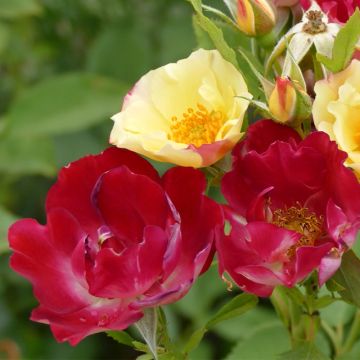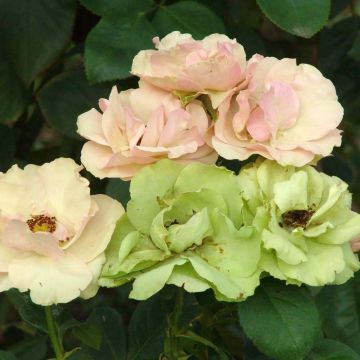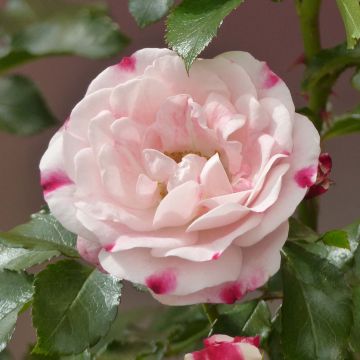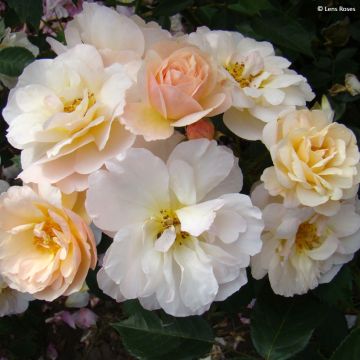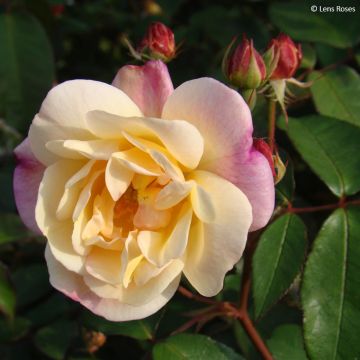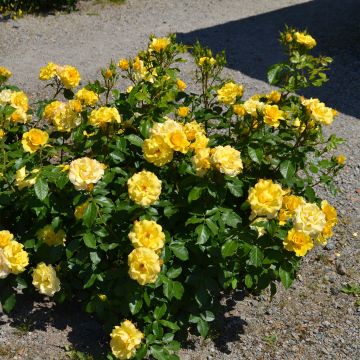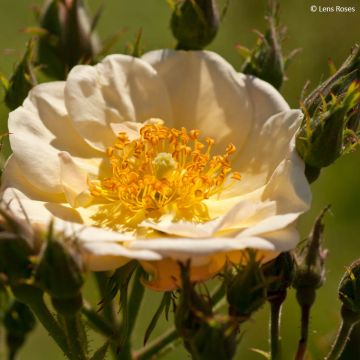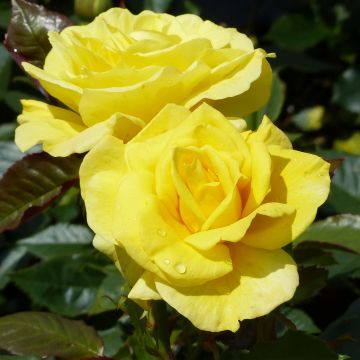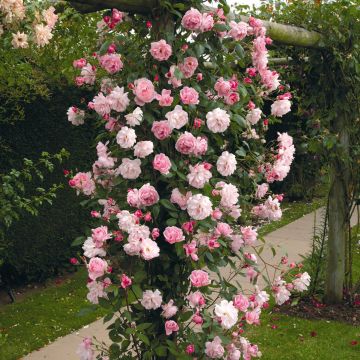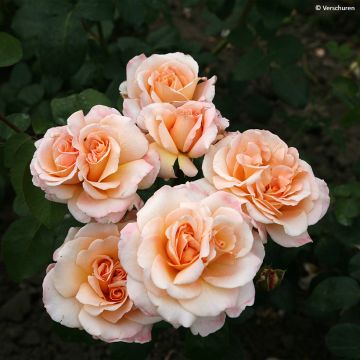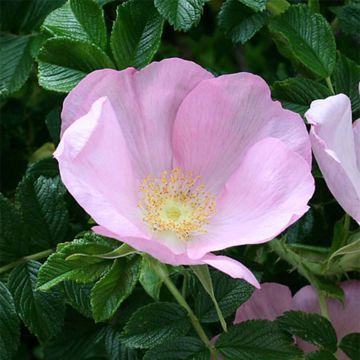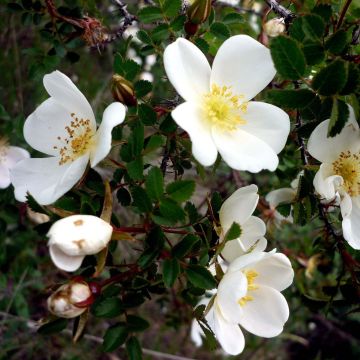Shipping country and language
Your country of residence may be:
Your country of residence is:
For a better user experience on our website, you can select:
Your shipping country:
Andorra
Austria
Belgium
Bulgaria
Canada
Chile
Croatia
Cyprus
Czechia
Denmark
Estonia
Finland
France
Germany
Greece
Hungary
Iceland
Ireland
Italy
Latvia
Lithuania
Luxembourg
Malta
Monaco
Netherlands
Poland
Portugal
Romania
Slovakia
Slovenia
Spain
Sweden
Switzerland
United Kingdom
We only deliver seed and bulb products to your country. If you add other products to your basket, they cannot be shipped.
Language:
French
German
Spanish
English
My Account
Hello
My wish lists
Plantfit
Log in / Register
Existing customer?
New customer?
Create an account to track your orders, access our customer service and, if you wish, make the most of our upcoming offers.
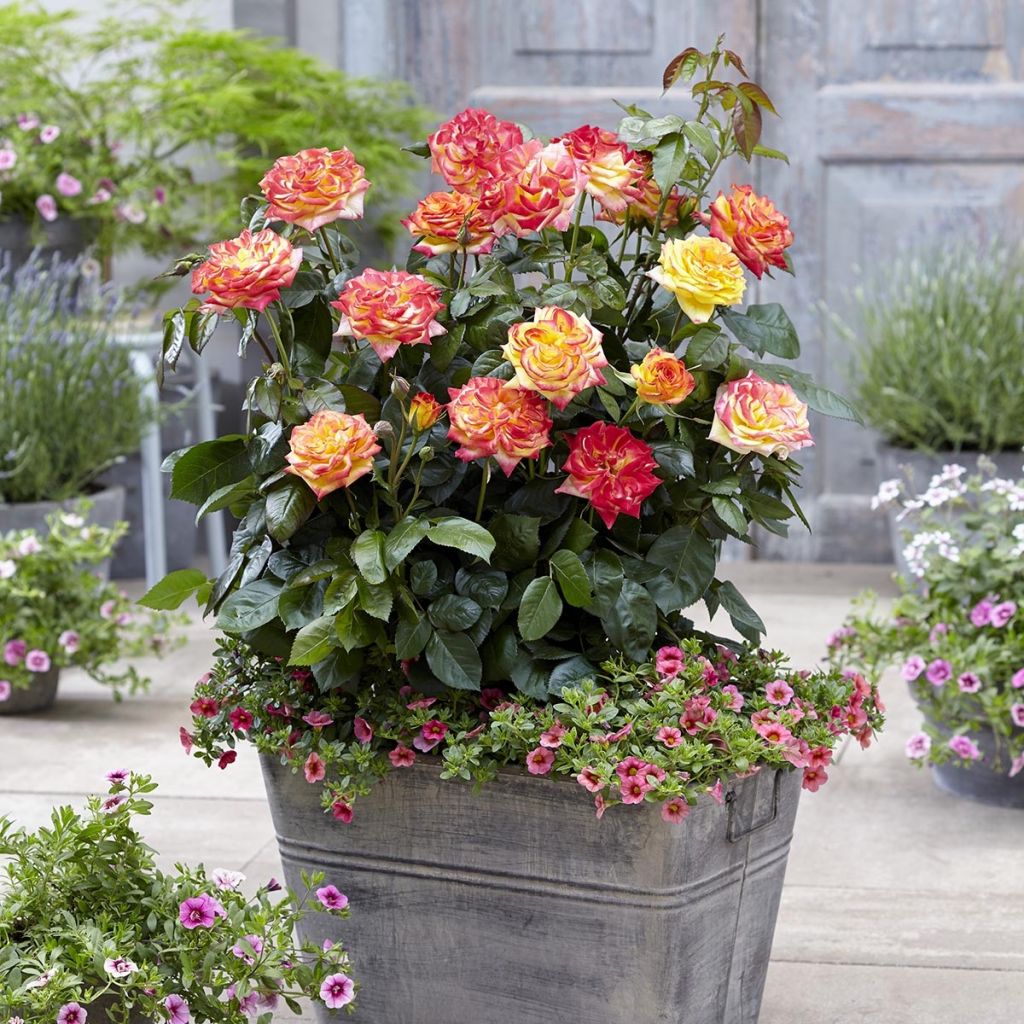

Rosier à grandes fleurs Twister Select
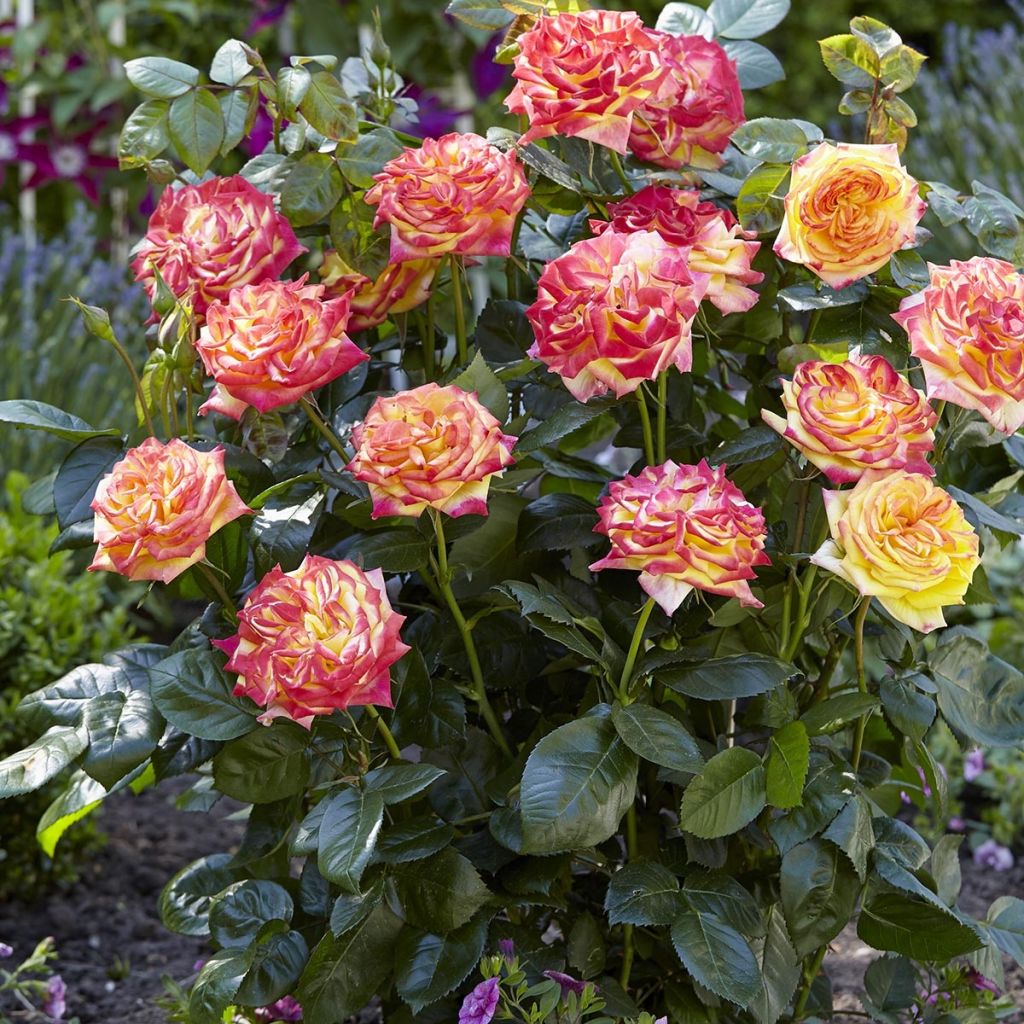

Rosier à grandes fleurs Twister Select
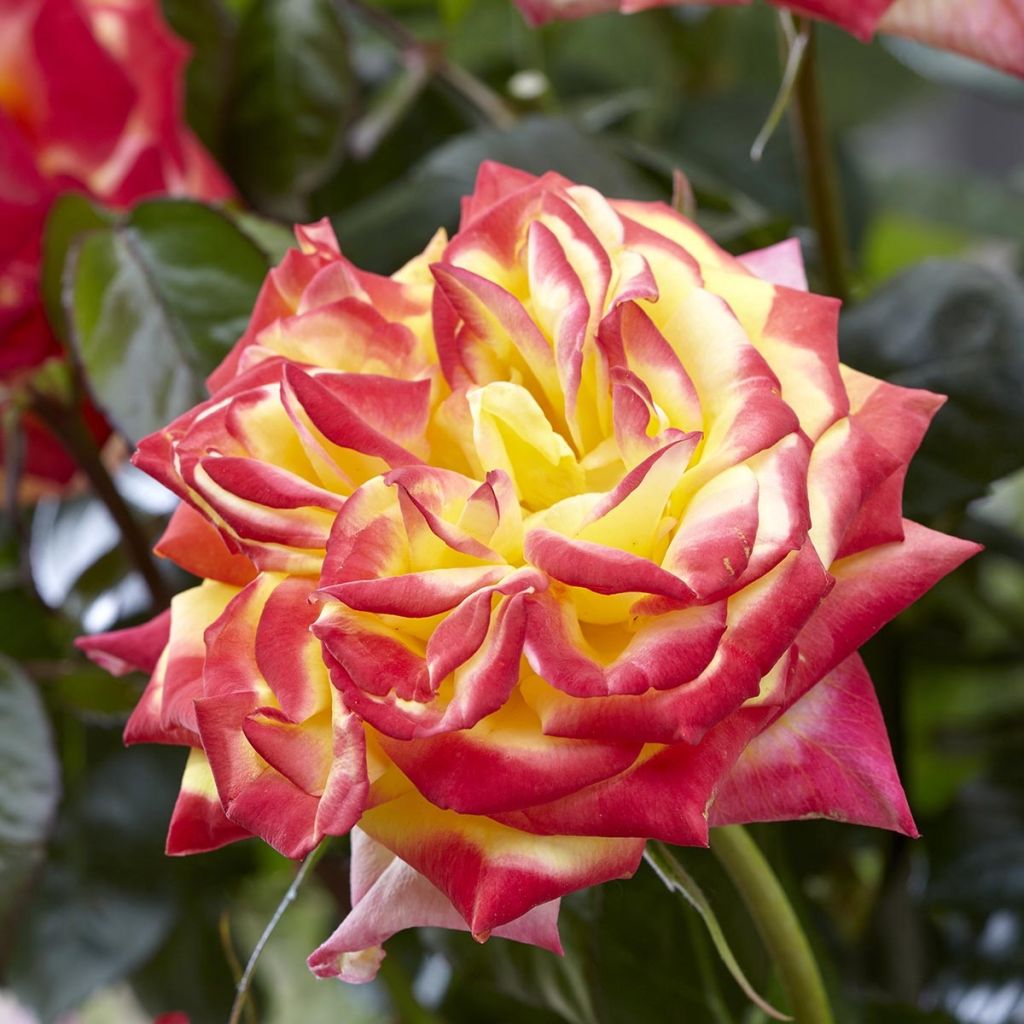

Rosier à grandes fleurs Twister Select
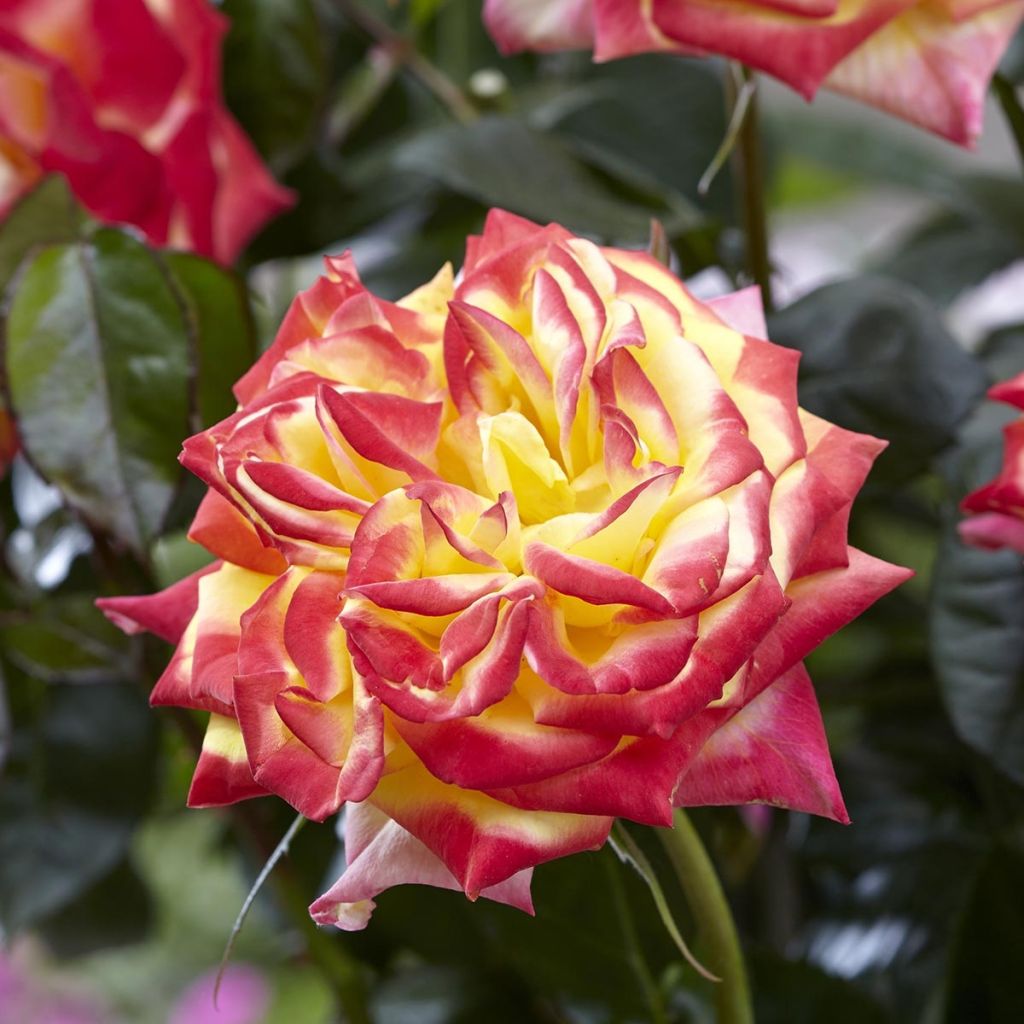

Rosier à grandes fleurs Twister Select
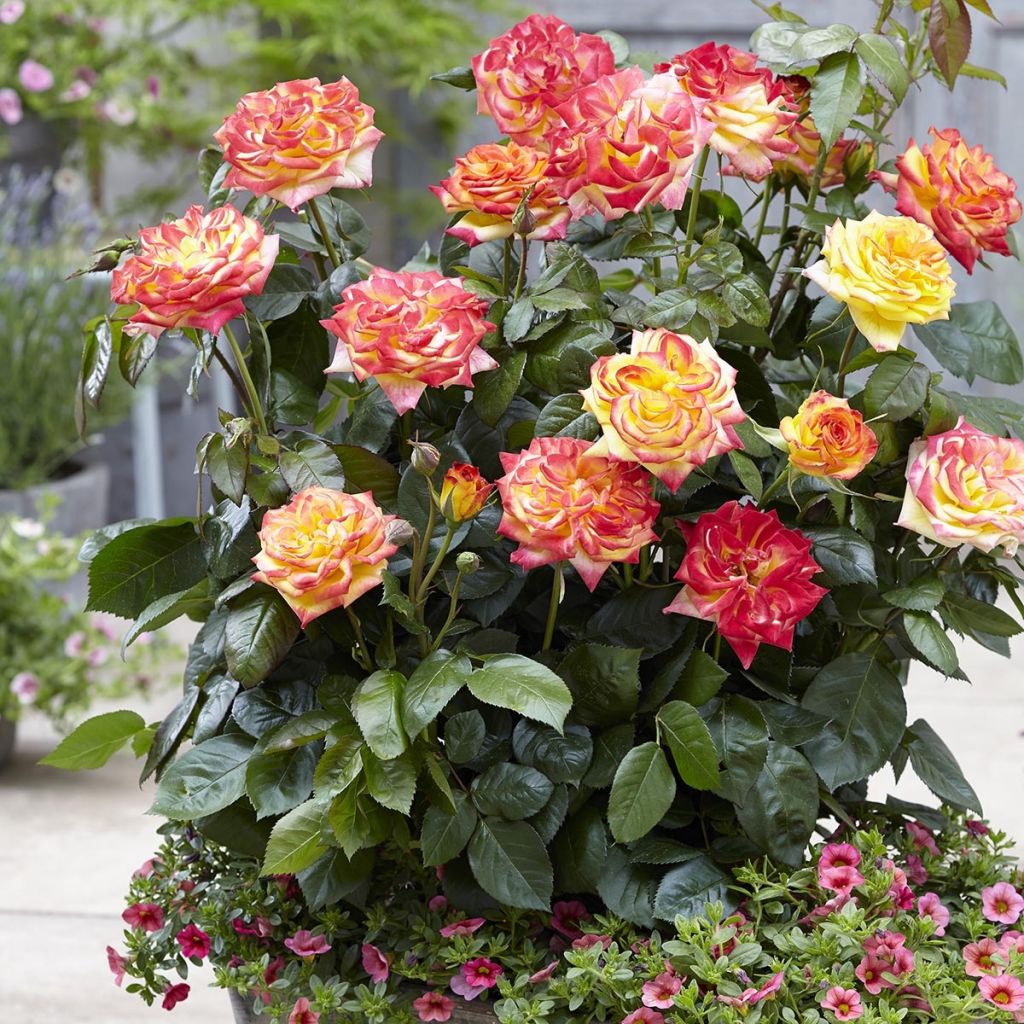

Rosier à grandes fleurs Twister Select
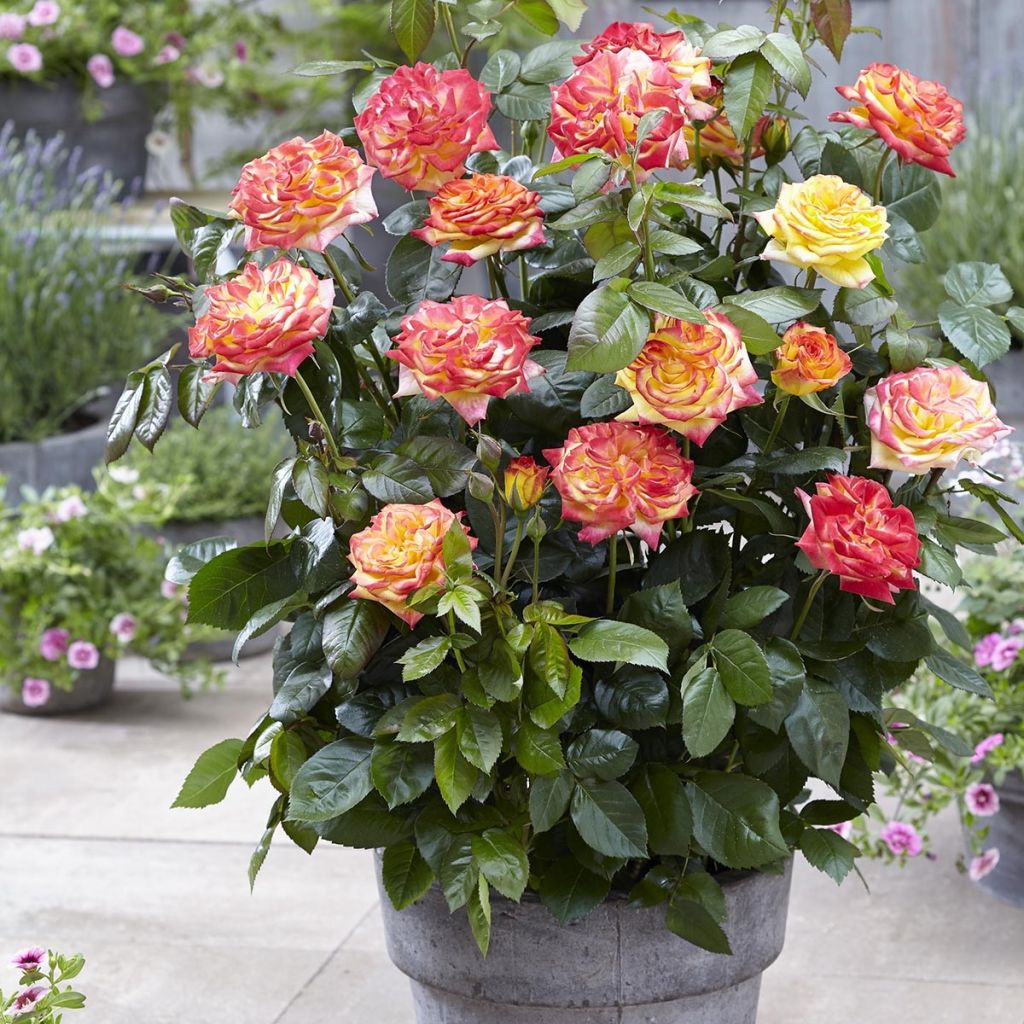

Rosier à grandes fleurs Twister Select
Rosa Twister Select
Rosa Twister Select
Why not try an alternative variety in stock?
View all →Order in the next for dispatch today!
Dispatch by letter from €3.90.
Delivery charge from €5.90 Oversize package delivery charge from €6.90.
More information
This item is not available in your country.
Schedule delivery date,
and select date in basket
This plant carries a 24 months recovery warranty
More information
We guarantee the quality of our plants for a full growing cycle, and will replace at our expense any plant that fails to recover under normal climatic and planting conditions.
From €5.90 for pickup delivery and €6.90 for home delivery
Express home delivery from €8.90.
Does this plant fit my garden?
Set up your Plantfit profile →
Description
Rosa Twister Select is a lively small bush that brings an exotic touch to any decor. It bears large, fragrant, old-fashioned style flowers, whose warm and contrasting colours evolve throughout the day. It is a repeat-flowering variety, and will remain colourful for many months until the first frost. Its compact growth is perfectly suitable for large flower beds or flowering pots. It is robust and easy to grow.
Twister Select is a modern bush rose with large flowers and a particularly compact habit. It is a robust and hardy plant, reaching about 45cm (18in) in height and 40cm (16in) in width at maturity. It has a rapid growth rate. This rose produces thorny branches that bear lush foliage composed of large, glossy, toothed leaflets in a dark green colour. From May until October, the plant continuously produces large, double flowers. They are slightly flattened and turbinate, with somewhat tubular petals. In full bloom, the flower reveals a heart organised into 4 quarters, composed of small petals arranged in a sort of button. Initially yellow with red-orange edges when in bud, the flowers open to a bright yellow bordered with orange-red, then lighten to a creamy-yellow with a pink edge. The flowers are solitary or grouped in twos or threes, produced at the end of long shoots from the current year or emerging from 2-year-old stems. Their fragrance is of medium intensity. Remove faded blooms to encourage new flowers. The deciduous foliage is disease resistant under good growing conditions. The leaves fall in autumn and regrow in spring.
This Twister Select rose is ideal in beautiful borders, planted en masse along the edge of a patio, or in large flower beds. Combine them with light blue or white flowers: perennial flax, salvias, catmints, love-in-a-mist, baby's breath, or bronze fennel, whose feathery foliage will complement its vibrant flowering. Plant it in groups of 3 to form a beautifully colourful bush. You also combine it with white ground cover roses (Swany, Marie Pavie), chamomiles, or light grasses like stipa (barbata, pennata, tenuifolia). Use it create a dazzling potted display with marigolds or gaillardias.
Plant habit
Flowering
Foliage
Botanical data
Rosa
Twister Select
Rosaceae
Cultivar or hybrid
Other Polyantha clustered Roses
Planting and care
Plant Rosa Twister Select from November to March, in ordinary, well-prepared, and well-drained soil. Roses prefer clayey soils that are rather heavy than light. In excessively sandy, compact, or dry summer soil, it is advisable to incorporate potting soil or decomposed manure or compost at the bottom of the planting hole. However, this rose fears waterlogged soil in winter. Place it in a sunny location, at most in partial shade. Roses are greedy plants, so a specific fertiliser will be beneficial at the start of its growth, and regularly throughout the flowering period.
Regularly remove faded flowers to encourage new blooms.
Prune your repeat-flowering roses before the second flowering. Prune their branches by 1/3 each spring. Always prune above an outward-facing bud so that the bush thickens and the branches do not become entangled in the centre.
Planting period
Intended location
Care
This item has not been reviewed yet - be the first to leave a review about it.
Roses by purpose
Haven't found what you were looking for?
Hardiness is the lowest winter temperature a plant can endure without suffering serious damage or even dying. However, hardiness is affected by location (a sheltered area, such as a patio), protection (winter cover) and soil type (hardiness is improved by well-drained soil).

Photo Sharing Terms & Conditions
In order to encourage gardeners to interact and share their experiences, Promesse de fleurs offers various media enabling content to be uploaded onto its Site - in particular via the ‘Photo sharing’ module.
The User agrees to refrain from:
- Posting any content that is illegal, prejudicial, insulting, racist, inciteful to hatred, revisionist, contrary to public decency, that infringes on privacy or on the privacy rights of third parties, in particular the publicity rights of persons and goods, intellectual property rights, or the right to privacy.
- Submitting content on behalf of a third party;
- Impersonate the identity of a third party and/or publish any personal information about a third party;
In general, the User undertakes to refrain from any unethical behaviour.
All Content (in particular text, comments, files, images, photos, videos, creative works, etc.), which may be subject to property or intellectual property rights, image or other private rights, shall remain the property of the User, subject to the limited rights granted by the terms of the licence granted by Promesse de fleurs as stated below. Users are at liberty to publish or not to publish such Content on the Site, notably via the ‘Photo Sharing’ facility, and accept that this Content shall be made public and freely accessible, notably on the Internet.
Users further acknowledge, undertake to have ,and guarantee that they hold all necessary rights and permissions to publish such material on the Site, in particular with regard to the legislation in force pertaining to any privacy, property, intellectual property, image, or contractual rights, or rights of any other nature. By publishing such Content on the Site, Users acknowledge accepting full liability as publishers of the Content within the meaning of the law, and grant Promesse de fleurs, free of charge, an inclusive, worldwide licence for the said Content for the entire duration of its publication, including all reproduction, representation, up/downloading, displaying, performing, transmission, and storage rights.
Users also grant permission for their name to be linked to the Content and accept that this link may not always be made available.
By engaging in posting material, Users consent to their Content becoming automatically accessible on the Internet, in particular on other sites and/or blogs and/or web pages of the Promesse de fleurs site, including in particular social pages and the Promesse de fleurs catalogue.
Users may secure the removal of entrusted content free of charge by issuing a simple request via our contact form.
The flowering period indicated on our website applies to countries and regions located in USDA zone 8 (France, the United Kingdom, Ireland, the Netherlands, etc.)
It will vary according to where you live:
- In zones 9 to 10 (Italy, Spain, Greece, etc.), flowering will occur about 2 to 4 weeks earlier.
- In zones 6 to 7 (Germany, Poland, Slovenia, and lower mountainous regions), flowering will be delayed by 2 to 3 weeks.
- In zone 5 (Central Europe, Scandinavia), blooming will be delayed by 3 to 5 weeks.
In temperate climates, pruning of spring-flowering shrubs (forsythia, spireas, etc.) should be done just after flowering.
Pruning of summer-flowering shrubs (Indian Lilac, Perovskia, etc.) can be done in winter or spring.
In cold regions as well as with frost-sensitive plants, avoid pruning too early when severe frosts may still occur.
The planting period indicated on our website applies to countries and regions located in USDA zone 8 (France, United Kingdom, Ireland, Netherlands).
It will vary according to where you live:
- In Mediterranean zones (Marseille, Madrid, Milan, etc.), autumn and winter are the best planting periods.
- In continental zones (Strasbourg, Munich, Vienna, etc.), delay planting by 2 to 3 weeks in spring and bring it forward by 2 to 4 weeks in autumn.
- In mountainous regions (the Alps, Pyrenees, Carpathians, etc.), it is best to plant in late spring (May-June) or late summer (August-September).
The harvesting period indicated on our website applies to countries and regions in USDA zone 8 (France, England, Ireland, the Netherlands).
In colder areas (Scandinavia, Poland, Austria...) fruit and vegetable harvests are likely to be delayed by 3-4 weeks.
In warmer areas (Italy, Spain, Greece, etc.), harvesting will probably take place earlier, depending on weather conditions.
The sowing periods indicated on our website apply to countries and regions within USDA Zone 8 (France, UK, Ireland, Netherlands).
In colder areas (Scandinavia, Poland, Austria...), delay any outdoor sowing by 3-4 weeks, or sow under glass.
In warmer climes (Italy, Spain, Greece, etc.), bring outdoor sowing forward by a few weeks.
